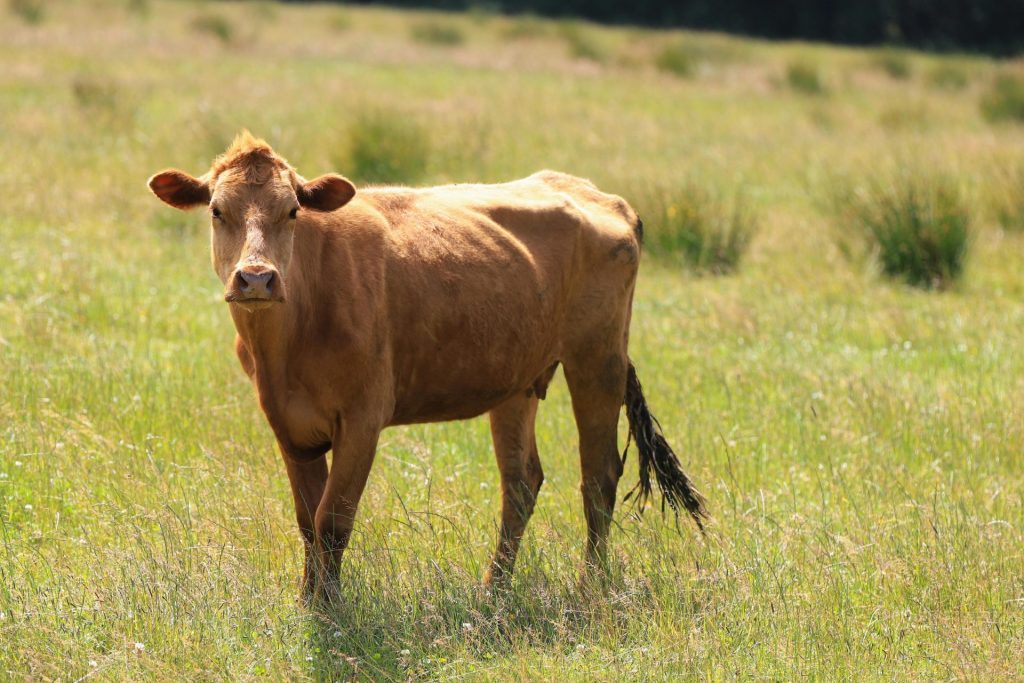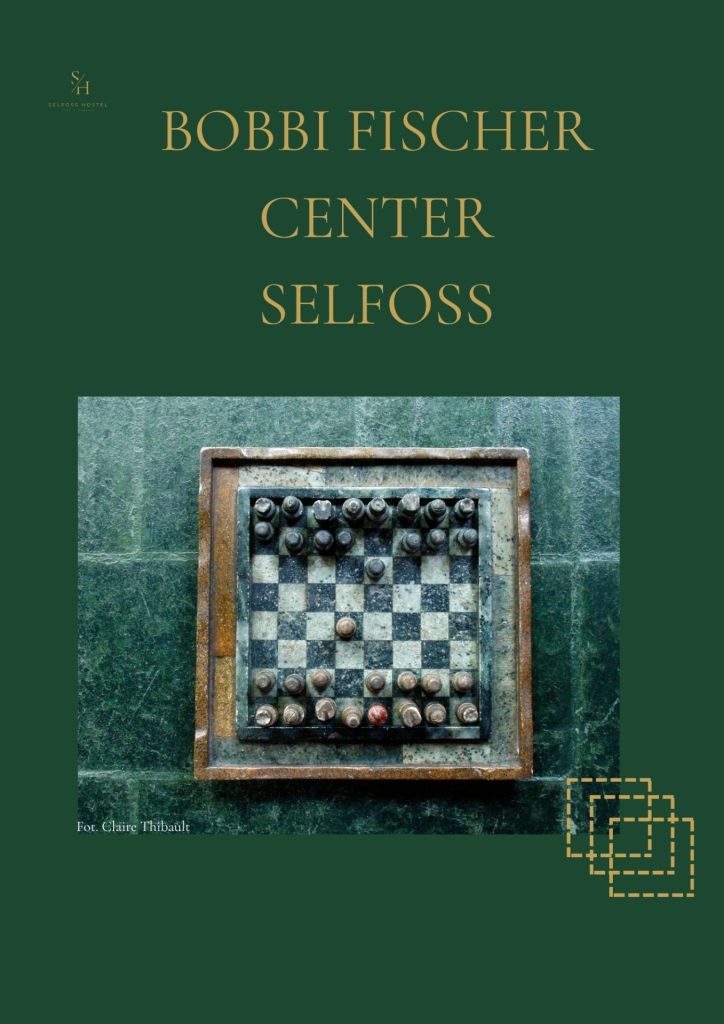For centuries, Icelanders have valued hand-knitted sweaters – for them, these garments are more than just clothing: they are part of culture, tradition, and national identity. The skill of knitting is passed down from generation to generation, and the “lopapeysa” – the classic Icelandic sweater – has become a symbol of resilience against the cold, as well as creativity and community.

These sweaters are most often made from natural Icelandic wool – the special unspun wool of Icelandic sheep called “lopi.” It is lightweight, yet very warm and breathable – perfectly suited to the chilly Icelandic climate. Wearing a lopapeysa is therefore not only practical, but also a comfortable choice for long winter evenings or cold days.
Traditional patterns often appear on these sweaters – geometric motifs, stars, or nature-inspired designs. Each pattern has its roots and meaning, and hand-knitting them can take many hours. For many Icelanders, knitting is a way to relax and connect with heritage, while the finished sweater is a proud keepsake and a value that goes beyond its price.

Each lopapeysa pattern has its roots in Icelandic history and culture. The most distinctive are geometric stripes, stars, and nature-inspired motifs, such as snowflakes, waves, or rocky landscapes. Some patterns have symbolic meaning – stars were believed to protect from evil spirits or bring luck, and waves reference the sea, which has always played a crucial role in Icelandic life. In the past, women designed unique patterns for their families, and the way colors and stitches were arranged could indicate the wearer’s origin or age. Thus, the lopapeysa is not just clothing, but also a small story of Iceland woven in wool.
Additionally, lopapeysa tradition holds fascinating cultural influences. Some sources suggest that the circular patterns on the shoulders of the sweater were inspired by Greenlandic costumes or even Andean designs. Auður Laxness, the wife of Nobel laureate Halldór Laxness, is said to have inspired some of these geometric motifs, blending international influences with traditional Icelandic knitting. Each Icelandic knitter often incorporated her own family elements. Moreover, the lopapeysa gained protected product status (PDO) in 2020, emphasizing its connection to Icelandic heritage and authenticity.
The craft tradition is also supported by institutions – one of the most important is Handprjónasamband Íslands (Handknitting Association of Iceland). Founded in 1977 by a group of women, the association helps local knitters promote and sell their work, as well as providing materials – a significant social value. handknitted.is
In Reykjavik, there is a store of this organization: Skólavörðustígur 19, 101 Reykjavík handknitted.is/ This is a special place – you can buy authentic hand-knitted lopapeysas, yarns, and patterns, and meet local artisans.
The iconic lopapeysa is not just a tourist souvenir – for many Icelanders, it is everyday clothing with historical and social significance. By purchasing such a sweater, you support the tradition of handcrafts and local artisans.



